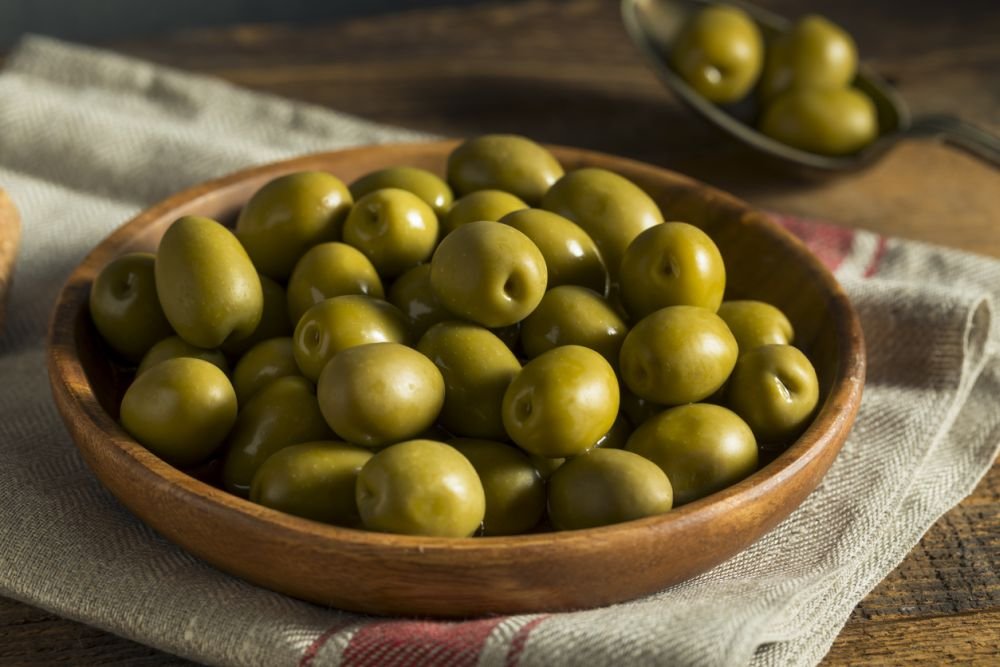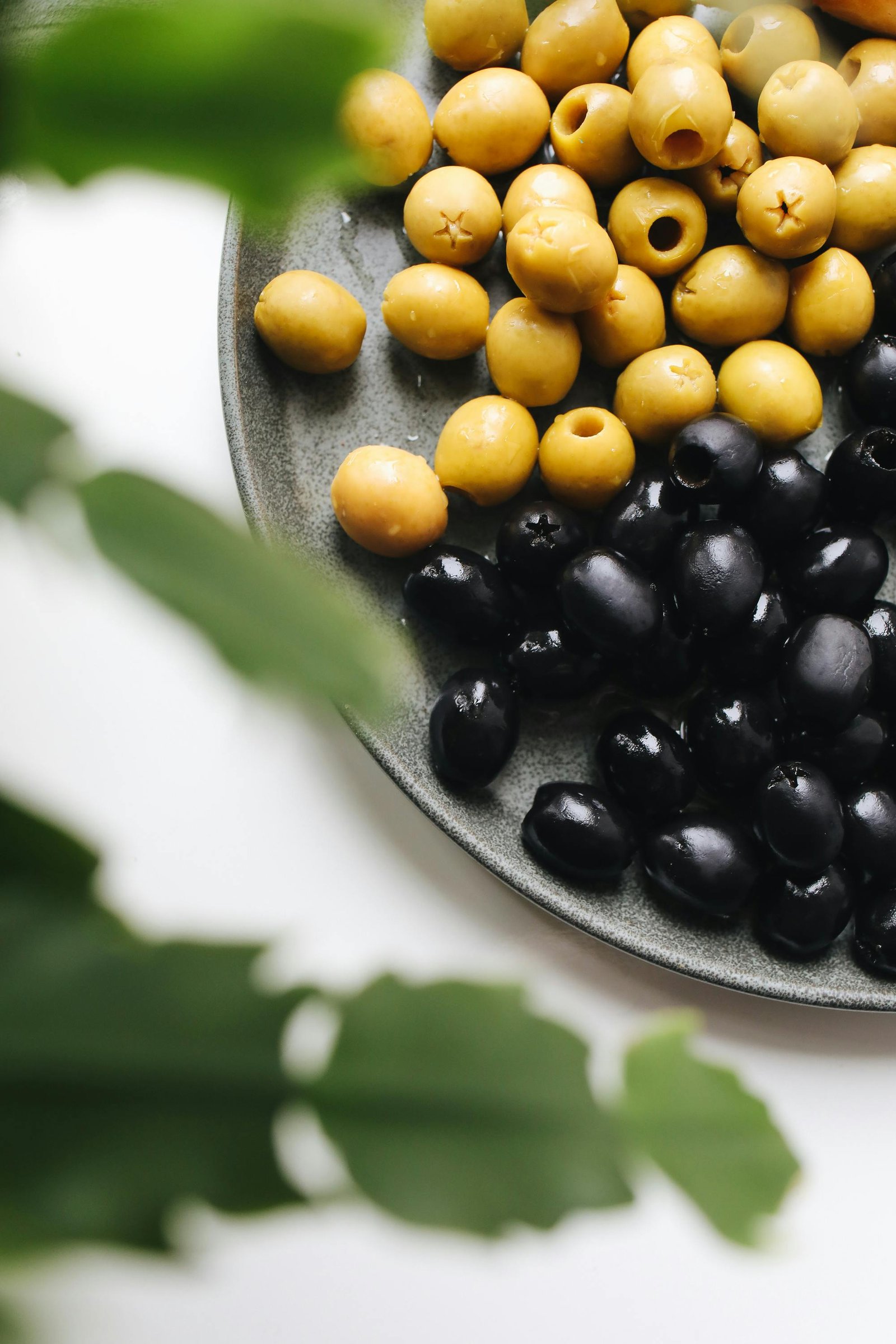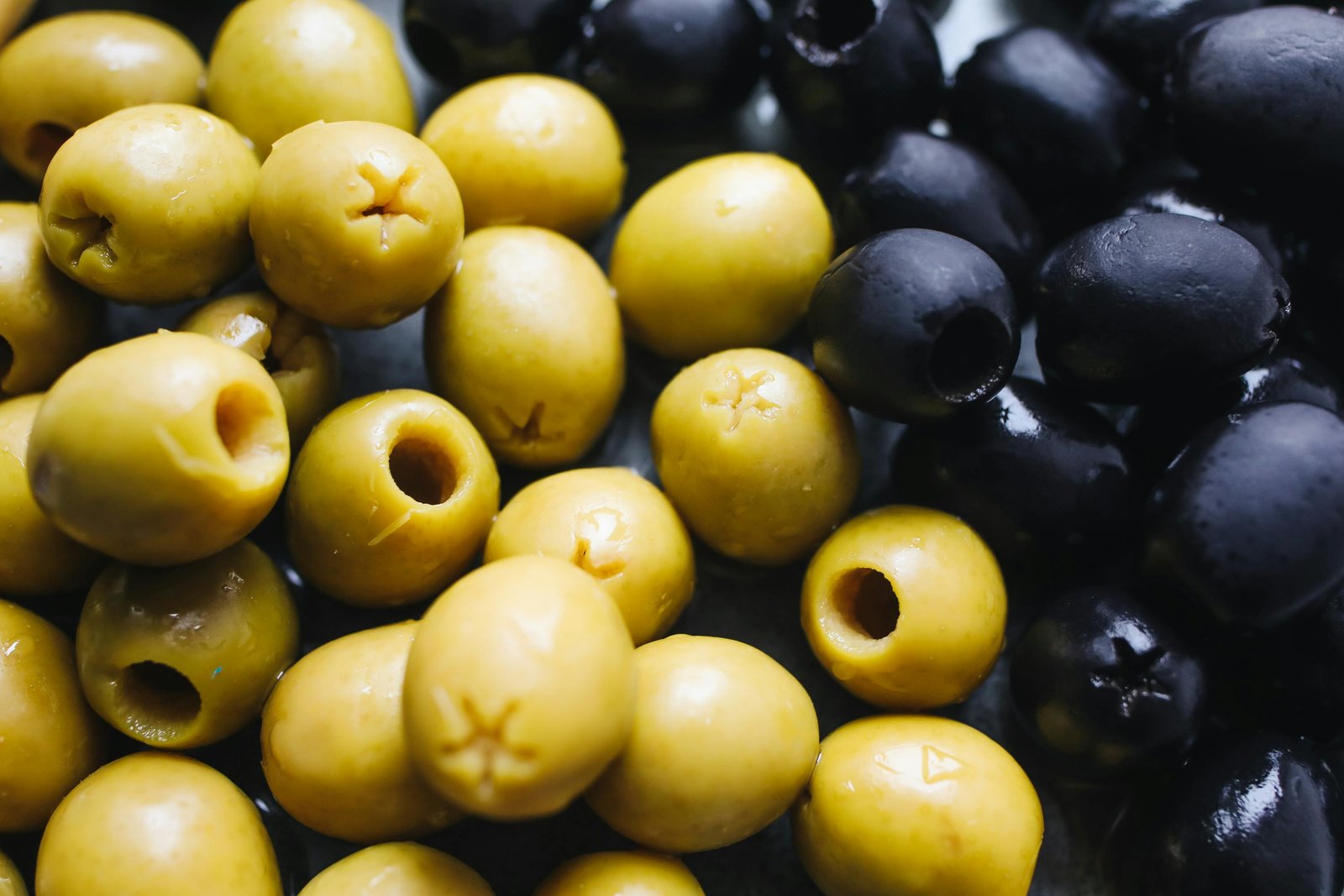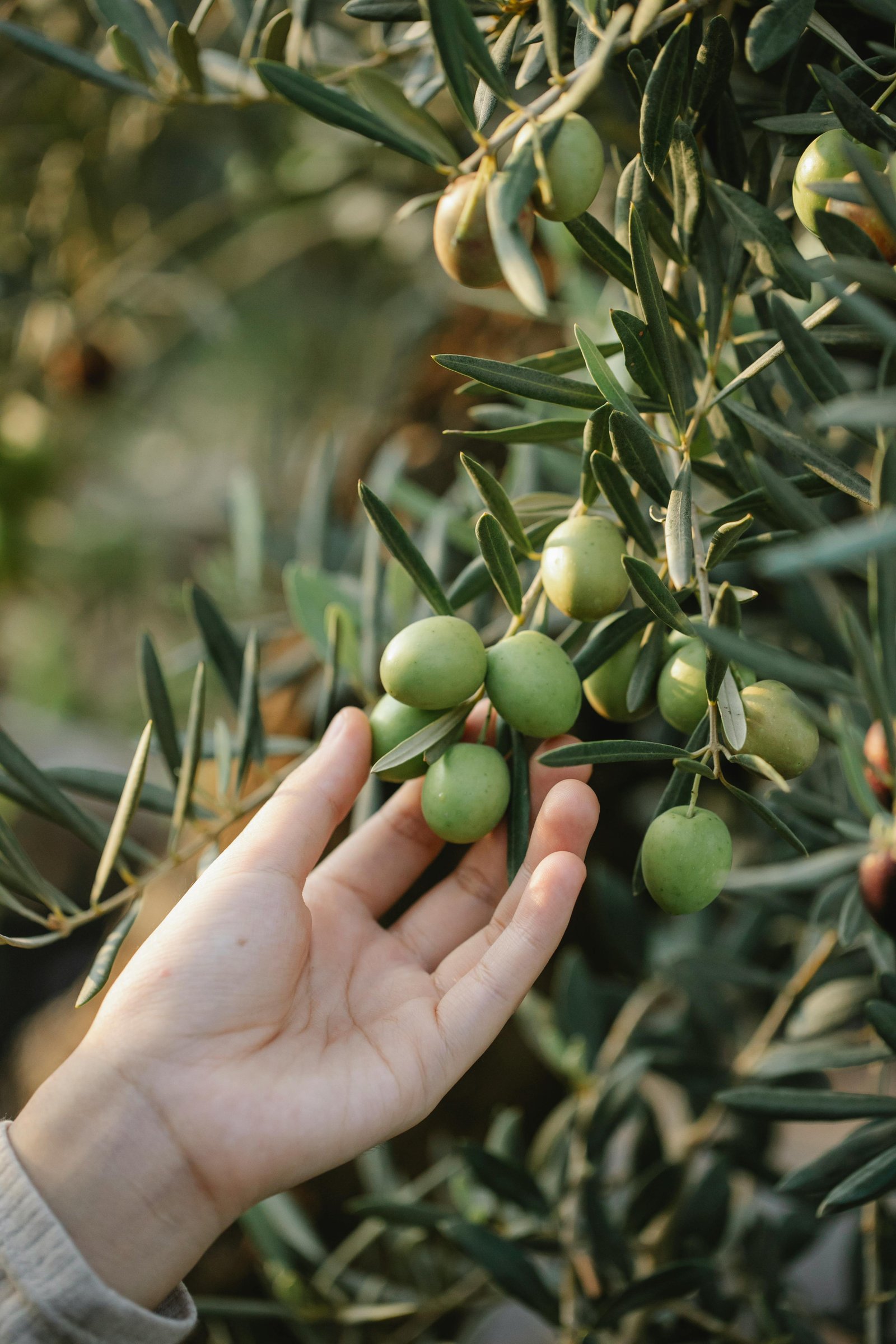
Best Greek Olives for Diet Keto, Paleo & Mediterranean Diets
Whether you’re following the keto, paleo, or Mediterranean diet, Greek olives are one of the most flavorful and nutrient-rich additions you can make to your meal plan. Packed with healthy fats, antioxidants, and natural sodium, they’re not only delicious but incredibly functional for dietary goals.
In this guide, we’ll explore the best Greek olive varieties to include in your diet, what makes them ideal for each plan, and how to incorporate them into your daily meals for maximum health and taste.
1. Kalamata Olives – The Mediterranean Powerhouse
Kalamata olives are arguably the most iconic Greek olive variety and a staple in the Mediterranean diet. Known for their deep purple color, almond shape, and rich, fruity flavor, these olives are naturally high in monounsaturated fats – the good kind your heart and brain love.
They are:
- Low in carbs
- Naturally fermented
- Rich in polyphenols and oleic acid
- Free of added sugars or processing
Perfect for: Greek salads, mezze platters, snacking, or pairing with feta cheese and olive oil.
2. Chalkidiki (Halkidiki) Olives – Keto-Friendly Snacking
Chalkidiki olives are large, firm, and bright green – and they’re also incredibly popular among keto dieters. Because they’re low in carbs and high in sodium and fats, they help replenish electrolytes that are often lost during ketosis.
Why they’re great for keto:
- Naturally brined (no sugar)
- High-fat, low-carb profile
- Long shelf life and versatile flavor
Add them to: keto charcuterie boards, egg muffins, or mix into tuna or chicken salad for an easy, portable fat source.
3. Amfissa Olives – Paleo Diet Friendly
Amfissa olives are a lesser-known Greek variety that’s perfect for paleo eaters looking for minimally processed, traditionally fermented foods. These olives are usually dry-cured or naturally brined, free of preservatives, and have a mild, buttery taste.
Paleo-friendly features:
- No additives or pasteurization
- Made with just salt and water
- Packed with vitamin E and healthy fats
Pair with: grass-fed jerky, paleo wraps, or baked root vegetables for a savory punch.
Throuba Olives – Naturally Sun-Ripened Goodness
Throuba olives, especially from Thassos, are one of the only olives that can be eaten directly from the tree after ripening in the sun. This means they require very little processing, making them excellent for clean eating diets like paleo or Mediterranean.
Highlights:
- No artificial curing
- Sun-dried and wrinkled naturally
- High antioxidant content
These olives have a complex, slightly bitter taste and are often used in salads or served on their own with herbs and olive oil.
What About Stuffed or Canned Olives?
Be cautious with commercial stuffed olives or canned options. Many contain:
- Citric acid or ascorbic acid
- Sodium benzoate or potassium sorbate (preservatives)
- Fillings that contain sugar or starch (not keto/paleo friendly)
Best choice: Look for brined or vacuum-packed whole Greek olives with short, clean ingredient lists.
How to Incorporate Greek Olives into Your Diet Plan
Keto:
- Add to egg omelets or low-carb pizzas
- Use as a topping for zucchini noodles
- Blend into an olive tapenade with olive oil and garlic
Paleo:
- Snack with nuts or dried meats
- Toss with roasted sweet potatoes and herbs
- Use in paleo-friendly grain bowls (with cauliflower rice)
Mediterranean:
- Add to Greek salads with tomatoes, cucumber, and feta
- Pair with hummus, pita, and legumes
- Use in heart-healthy tapenades and dressings
Bonus: Nutritional Value per 100g (Approximate)
| Nutrient | Kalamata | Halkidiki | Amfissa |
|---|---|---|---|
| Calories | 230 kcal | 200 kcal | 210 kcal |
| Fat | 22g | 20g | 21g |
| Carbohydrates | 3g | 2g | 1g |
| Fiber | 2g | 3g | 2g |
| Sodium | High | High | Medium |
FAQ
Are olives allowed on keto and paleo diets?
Yes. Most olives – especially traditionally cured Greek varieties – are naturally low in carbs and high in fats, making them ideal for keto, paleo, and Mediterranean-style eating.
How many olives can I eat per day on keto?
Around 5–10 olives is a common serving for keto dieters. Watch sodium levels if you’re eating multiple servings daily.
Are canned olives okay for clean eating?
Not always. Many canned or jarred olives contain preservatives. Look for vacuum-packed or brined Greek olives without additives.
Which Greek olive has the most antioxidants?
Throuba and early-harvest Kalamata olives have some of the highest levels of polyphenols and oleuropein.
🔗 Conclusion
Greek olives are not just a traditional delicacy – they’re a nutritional powerhouse perfect for modern diets. Whether you’re keto, paleo, or simply Mediterranean-minded, choosing the right olive variety can elevate your meals while supporting your health goals.
🍽️ Want to try authentic Greek olives delivered to your door?
→ Check out our guide to buying Greek olives online




